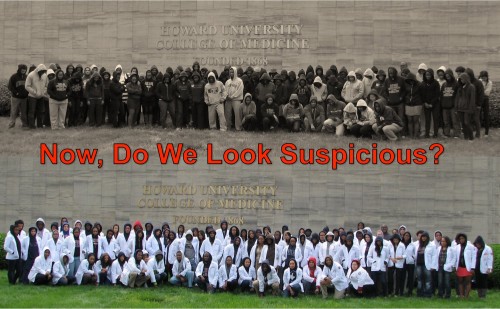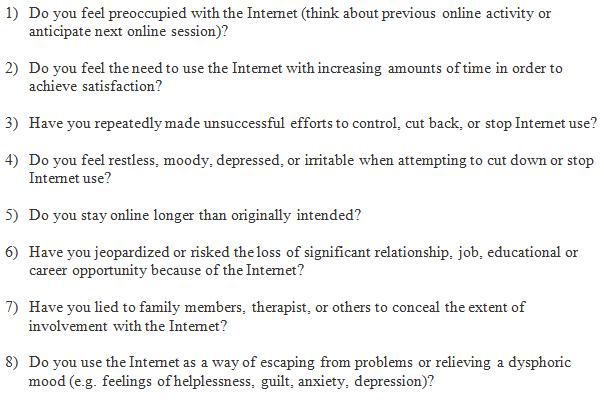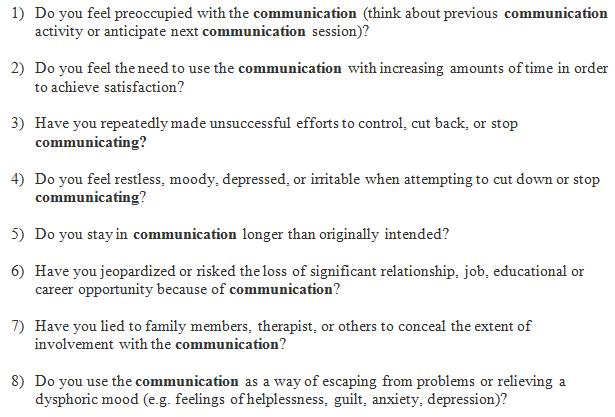
I hereby dare to say that TtW2012 met and surpassed the precedent set by TtW2011 (though both were fantastic). One of the unique features of the TtW conferences are their integration of academic, professional, and artistic expressions of the human/technology relationship. One such example was the lunchtime screening of Kelsey Brannan’s film: Over&Out. In particular, I was struck by the connection between Brannan’s piece and the academic presentations in the Logging off and Disconnection panel. Here, I try to tease out this connection.
I begin with a short synopsis of Over&Out taken from the film’s website:
Taylor Larkin (25) is an eclectic tech chick that recently got a job as a door to door technology collector at Santa Barbara Tech Recycle. On the job she picks up old technologies from various people in the neighborhood, but no one has much to give. Laura Ramirez (27) is the high tech-gadget drama queen of the decade. Laura’s girlfriend, Annie, fed-up with Laura’s tech obsession, throws all of Laura’s tech out the window- leaving her alone and techless. Laura decides to donate her gizmos to Santa Barbara Tech Recycle. When Taylor picks up Laura’s technology, Laura is charmed by Taylor’s old fashioned demeanor. As Laura learns how to navigate her world using alternative modes of technology, Taylor inadvertently discovers that her job doesn’t recycle most of the collected technology. In this queer romantic comedy, the two girls learn that repurposing technology builds lasting friendship.
Brannan talks about the fim here with Cyborgologist Dave Paul Strohecker.
As a viewer, I found Brannon’s film enjoyable, relatable, and accessibly theoretical. On this last point, I was impressed by the simple way in which the film expressed the more complex theoretical ideas that panelists spoke about in the Logging off and Disconnection session (LO&D from here on out).
The LO&D session began with my paper on technological ambivalence. Here, I described and diagnosed our tenuous relationship with technology, locating it in the tense space between utopic hopes and dystopic fears–accentuated by the difficulty of “opting out.” This was followed by Jessica Roberts’ (@jessyrob) study of college students who were asked to “log off” for 24 hours. Here, participants expressed distress but also relief in de-digitizing, with one participant discovering legs as a “wireless” technology with which to visit and connect with friends. Next, Laura PortwoodStacer (@lportwoodstacer)talked about social media refusals, and the privileging of older versus newer technologies, embedded in a discourse of authenticty and agency. Finally, Jessica Vitak (@ jvitak) talked about the strategies by and through which social media users limit their accessibility online, attempting to manage privacy and intimacy in light of context collapse and constant connection.
We can characterize the behavior of Laura Ramirez (the film’s protagonist) using PortwoodStacer’s language of refusal. Ramirez makes an explicit decision to “log off,” but does so in order to “connect.” She expresses dissatisfaction with a mediated life, and works to negotiate an analog existence in a digital world. Although she does so with utopic hopes, and admittedly, has an experience that slides towards the utopic, Ramirez must also contend with social expectations and embedded infrastructures which frustrate her efforts to unplug. When trying to cancel her internet service, for example, a computer-solitaire-playing employee informs Ramirez that she can only close out her account by going online. In the end, however, Ramirez’s disconnection leads to a real connection with co-star Taylor Larkin.
This end, I think, leaves us with a discussion about the importance of networks. Ramirez and Larkin were able to seamlessly connect because BOTH preferenced older technologies over new ones. This contrasts with the schizm between Ramirez and her digitally-connected roommate, who at the end of the film shows frustration as he tries unsuccessfully to reach Ramirez through a home-made cup-and-string telephone. In light of this, the experiences of the refusers in Portwood’s study, the ambivalents in Roberts’ and my study, and the negotiators in Vitak’s study must be understood in terms of the social networks within which they operate. In short, it is easier to refuse when one’s network also refuses, and more difficult to opt-out when one’s network (and sociality) remain rooted in digitally mediated spaces. Roberts talks about this when she discusses the anxiety participants felt at not meeting expectations of availability. Just as Robert’s respondents anounced via status updates their forthcoming absence from mediated spaces, Ramirez sent letters to the significant others in her life, explaining her withdrawal from the digital. Perhaps the next step then, is to look at how social networks matter in the ability to “log off,” and the extent to which “logging off” leads to connection versus disconnection.
You can find a livestream of the panel here: http://new.livestream.com/ttw12/roomc
Follow Jenny Davis on Twitter: @Jup83

























